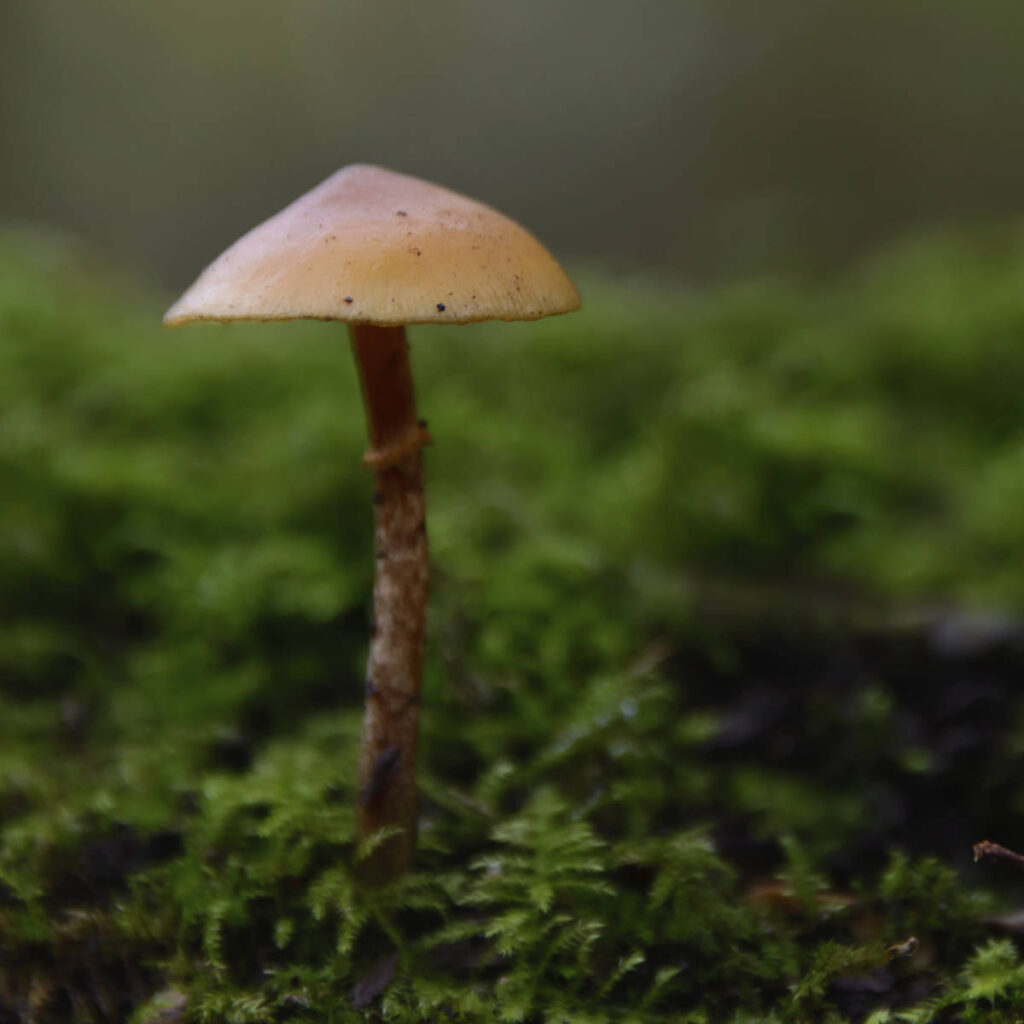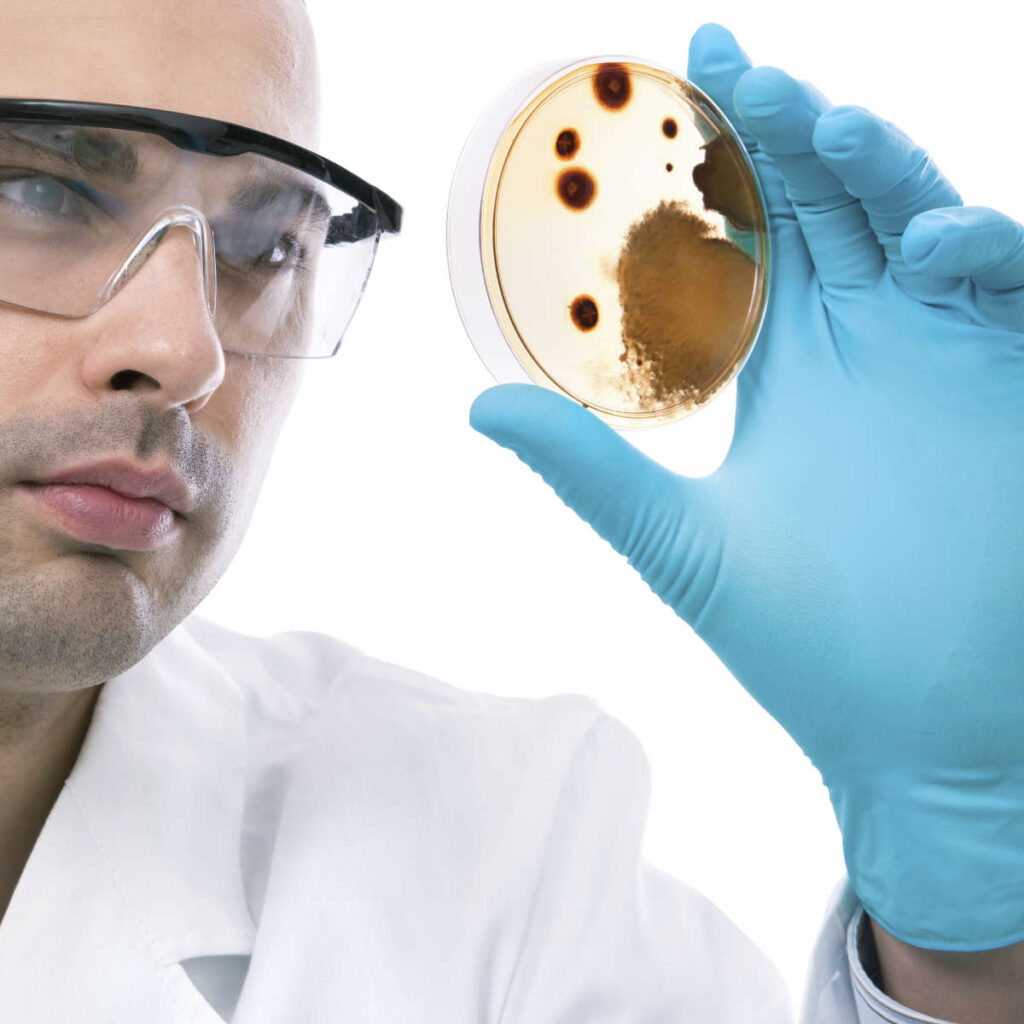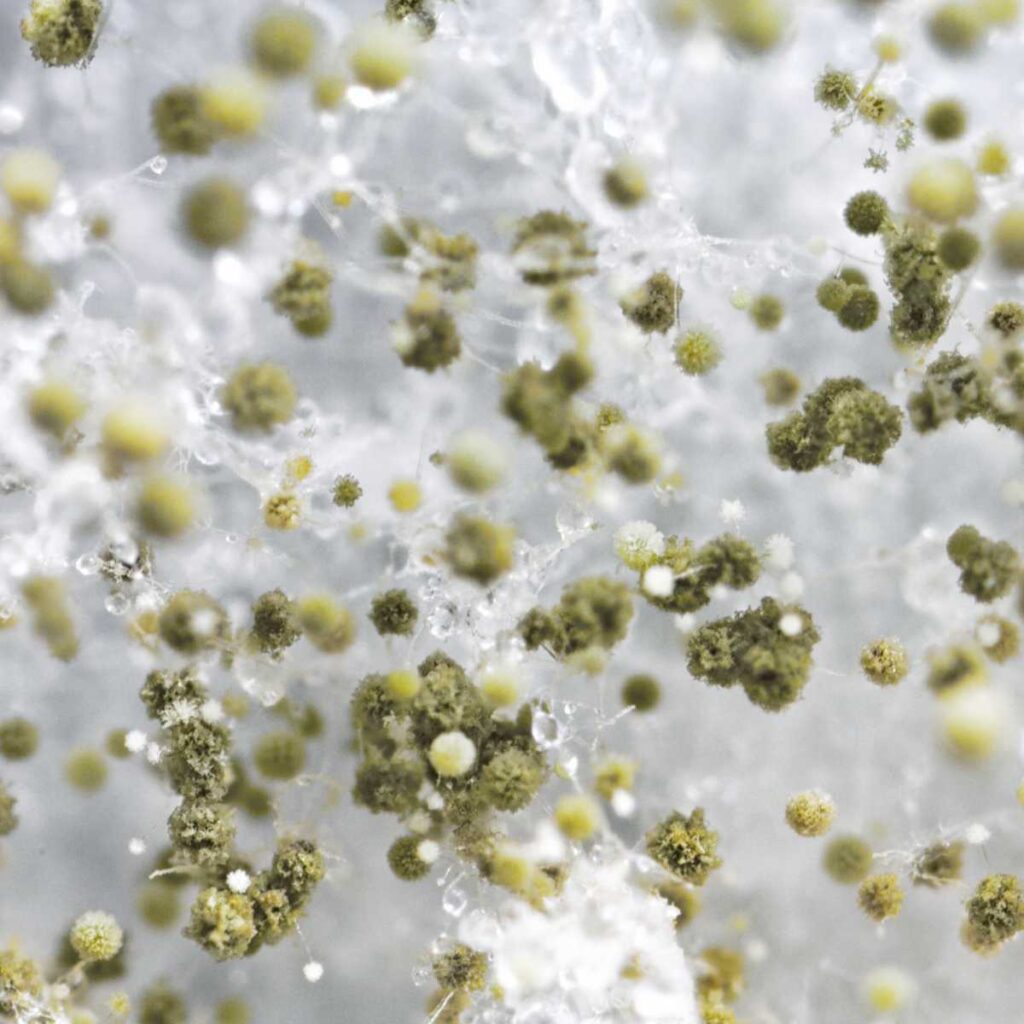Last Reviewed and Updated on June 6, 2022
Fungi are one of the most important and diverse types of organisms. They are found all over the world in a variety of environments, from extreme deserts to tropical rain forests – making them some of the planet’s most hardy survivors. They come in all shapes and sizes, from microscopic to gigantic mushrooms.

Read on for some of the most interesting facts about fungus, some facts might just surprise you!
1. They are neither animals nor plants
They have their own separate kingdom, no matter which taxonomical classification you go by.
Living things are divided into a number of kingdoms and there is more than one possible classification. Here are some of them.
The 5 kingdom classification; the animal kingdom, plant, protista, monera, and fungi.
The 6 kingdom classification: animals, plantae, fungi, protista, archea/archaebacterie and bacteria/eubacteria.
The 7 kingdom classification: archebacterie, eubacteria, protista, chromista, fungi, plantae, animals.
The 8 kingdom classification: eubacteria, archebacteria, archezoa, protozoa, chromista, plantae, fungi, animalia.
2. The largest living organism in the world is a fungi
We are sure you know that the largest animal in the world is the blue whale. However, the holder of the Guinness World Record for the largest single organism goes to fungi. A single gigantic honey mushroom (Armillaria ostoyae) takes the crown as a single organism discovered in Malheur National Forest in Oregon, USA occupying a total area of 965 hectares / 2385 acres (source). Even if another organism takes the crown, this fact will stay impressive.
3. There are millions of species of fungi
There are no exact numbers of fungi species, it is estimated they outnumber plants by at least 6 to 1. The estimates of fungus species are in millions, ranging from 2 million to over 5.
Only a small portion of them have been identified, the number sitting at around 148,000 (as of 2020). Many new ones are identified each year.
4. Fungi play an important role in medicine
One of the most important facts about fungus is the fact that the greatest accomplishment of modern medicine, the antibiotic, was produced from fungi.
Alexander Fleming was the first to show the antibacterial properties of s mold (fungi) Penicillium rubens (later reclassified as P. notatum and P. chrysogenum) He observed the mold killing the bacteria and published his findings in 1929 and named the fungal extract Penicillin. However, at first, there was little interest in Penicillin, as it was hard to produce and other scientists weren’t convinced drug production was possible.
While Penicillin is the most famous when it comes to using of fungi in medicine, it’s not the only drug produced from fungi. The first generation of statins, a drug used to lower cholesterol, were also first derived from fungi, as well as some other medicine.
Fungi are also commonly used in traditional medicine. It is a fact they have saved millions of lives.

5. Some are extremely dangerous, causing disease or poisoning you
With fungi being such a numerous group it’s not a surprise some may kill you. From eating a poisonous mushroom to getting a fungal infection on your skin or in your body, both with a possibility of being mild or deadly. Fungi can be nasty.
When it comes to mushrooms, the deadliest, as the name suggests is the Death Cap (Amanita phalloides) which is believed to cause the most deaths around the globe. While not the most poisonous of mushrooms, its resemblance to edible mushrooms is to blame. Mushroom gatherers should be well educated in mushroom species.
6. Mold is a fungus
You already know fungi come in all shapes and sizes and one of the most common forms of fungi you can encounter in your home is mold. Dark and damp corner? Perfect for mold to grow!
Exposure to mold isn’t good. Mold, like other fungi, release spores that can cause all sorts of issues. It can cause allergies, and repeated exposure will only cause the allergies to become more serious.

7. One species of fungi can turn ants into zombies
This is probably the most frightening of all facts about fungus. Ophiocordyceps unilanteralis, commonly known as the zombie-ant fungus is really something else.
This fungus infects an Camponotini ant, as the infection spreads the behavior of the ant will change. The ant will leave its nest and abandon its foraging trails in the canopy and will move to the forest floor. The forest floor has a more suitable temperature and humidity for fungal growth than the canopy does. The zombie ant will then attach itself to the back of the leaf (in low vegetation) where it will remain even after its (second?) death.
But the horror does not end here. After a few days, the fungus will grow a spore-producing structure right out of the ant’s head. Talk about horrifying. But at the same time fascinating.
8. Fungi are nature’s cleaners
They play a huge role in the ecosystem, they are decomposers meaning they decompose organic matter (dead animals, waste, and dead plants). Such useful organisms.
9. They are more closely related to animals than to plants
If you look at a mushroom your first instinct would be to group it with plants, but that isn’t the case.
Fungi have their own kingdom, and even beyond that, they are more closely related to animals than they are to plants. Scientists have discovered that plants split from animals sooner than fungi did, their DNA more closely resembles that of an animal than that of a plant.
10. One of the world’s most expensive foods is a fungi
The black gold, the truffles, are fungi. They are the fruiting body of the fungi family Ascomyoca. These fungi are hard to come by in the wild, they are traditionally foraged with the help of pigs. Truffles are highly treasured in the cuisine and their prices can reach insane amounts.
There are only a couple of farms specializing in growing truffles, however, this isn’t an easy task. Truffles take a lot of time to grow (6-7 years) and there is no guarantee that the growth will be successful. Even their high price isn’t worth the high risk.
11. There are bioluminescent fungus species
Glow in the dark? Fungi have that covered. Over 70 (known so far) species of fungi have the ability to glow in the dark. And it’s not just micro fungi, but full-sized mushrooms.
12. Single-celled fungi are called yeast
Last but not least of the facts about fungus is the single-celled ones have their own name, the yeast. These single-celled fungi grow exceptionally fast. Just observe baker’s yeast grow. They grow rapidly before your eyes. Fascinating!
